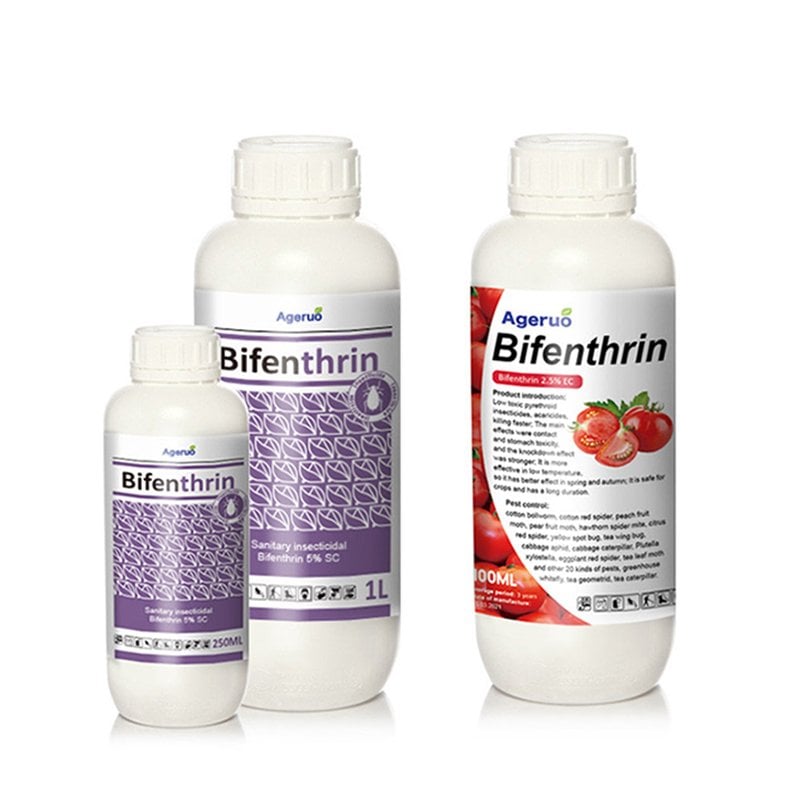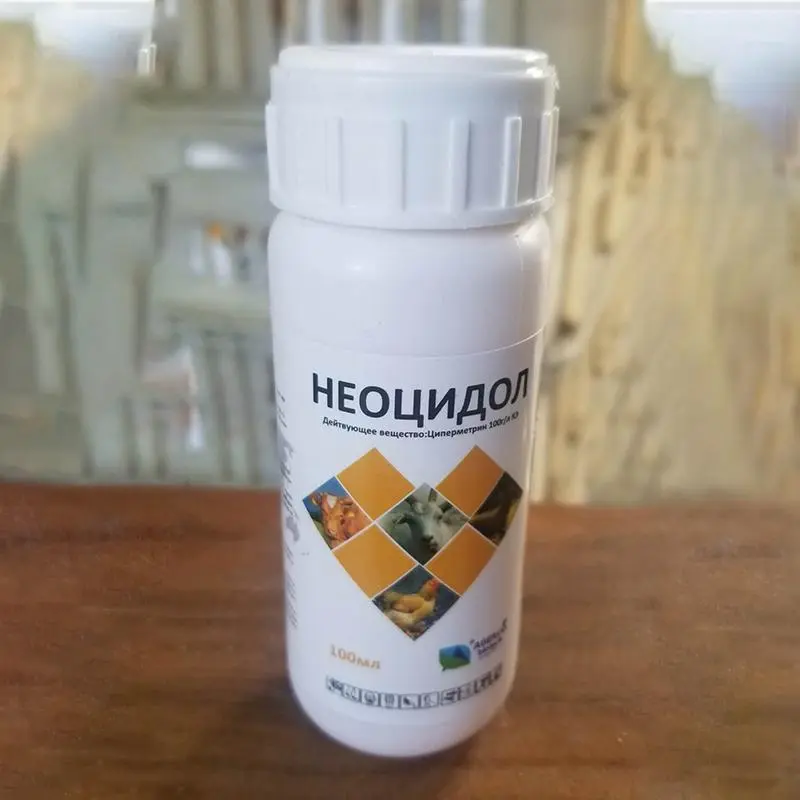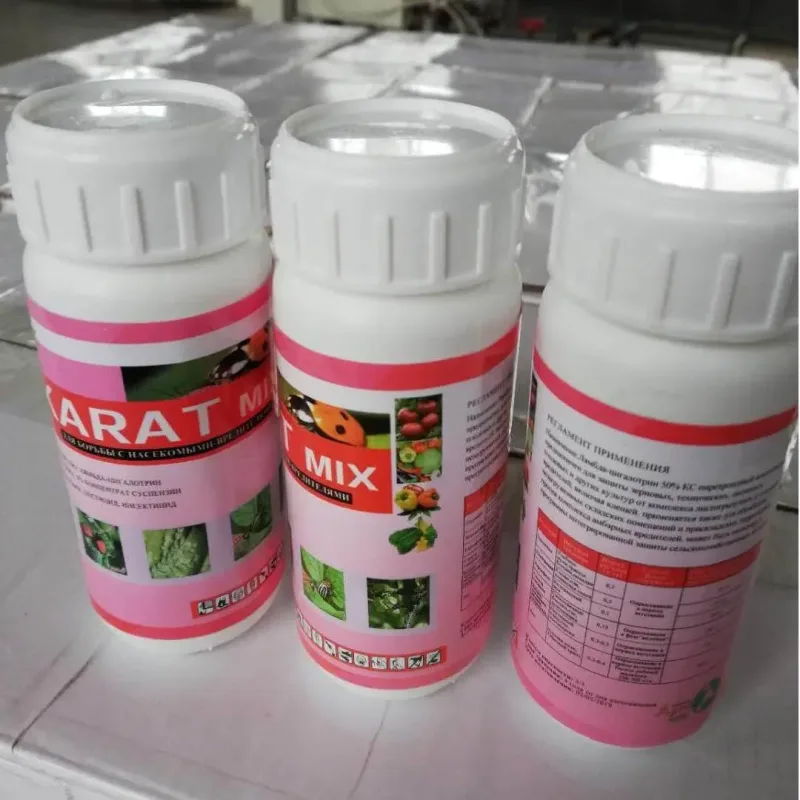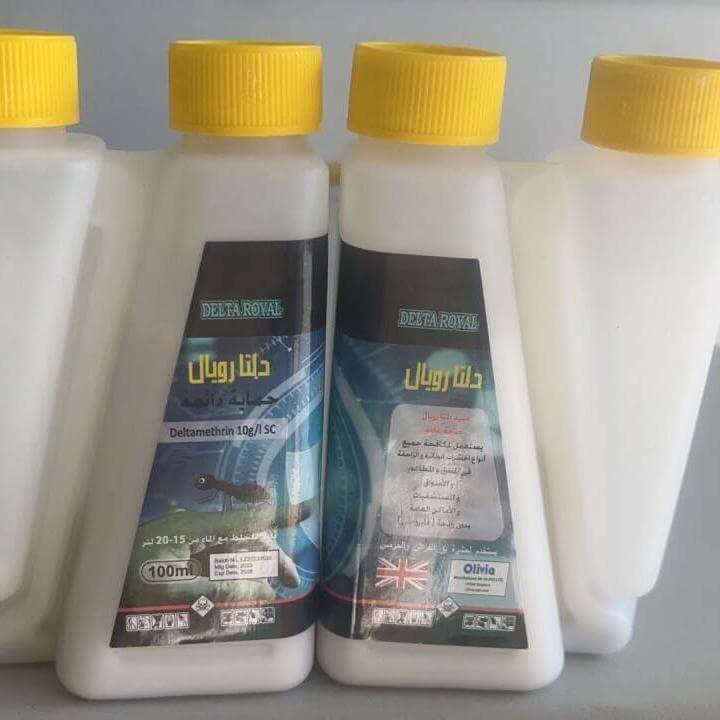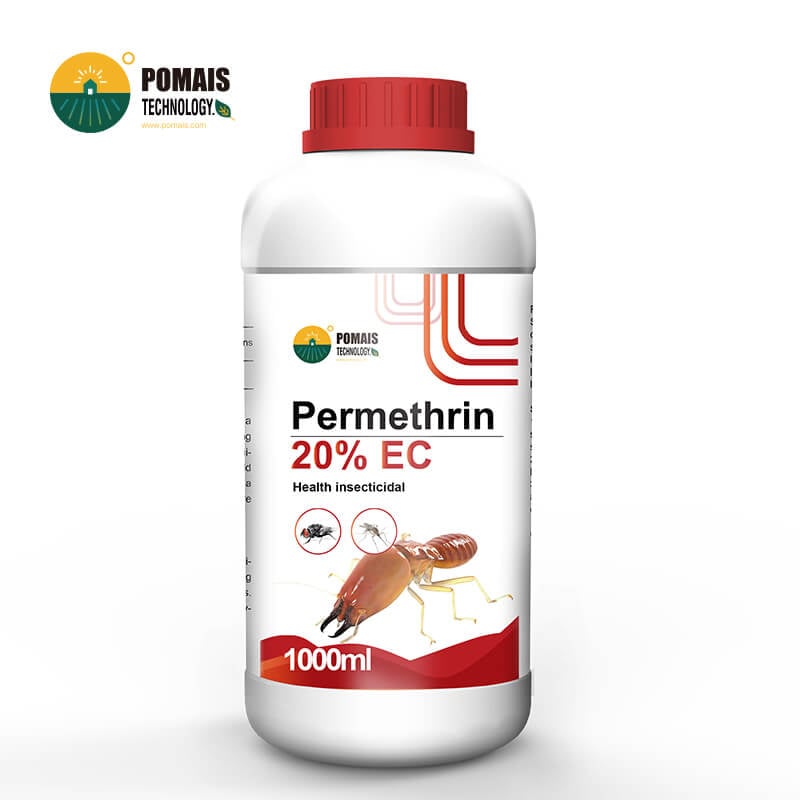Effective Springtail Management
Springtails (Collembola) are tiny insects that can quickly become a noticeable issue when they gather in large numbers, particularly in moist environments. For property owners and landscape managers, effective springtail control begins with a clear understanding of their biology, behavior, and habitat. This guide outlines the essential information you need to identify, assess, and manage springtail infestations in both residential and commercial settings.
What Are Springtails?
Springtails are minute, wingless insects measuring about 1/16 inch in length. They are distinguished by their unique jumping mechanism, a forked appendage known as the furcula, which is held beneath the abdomen and rapidly released when the insect is disturbed. Although their jumping behavior can resemble that of fleas, springtails do not bite humans or pets and are not associated with the transmission of diseases.
Depending on their stage of development, both adult and nymph springtails may appear whitish, bluish, or dark gray. They are most commonly found in areas with high moisture levels, such as kitchen sinks, bathtubs, potted plant soil, and outdoor locations like swimming pools, garden beds, and damp landscaping.
Common Habitats of Springtails
You are most likely to encounter springtails in environments rich in moisture and organic matter. Outdoors, they thrive in compost-amended soils, under leaf litter, organic mulches, or decaying wood. Indoors, they favor damp basements, crawl spaces, wall voids, bathrooms, and the soil of overwatered houseplants.
Springtails can also migrate indoors in search of moisture when outdoor environments become dry, often entering through cracks around windows, doors, utility pipes, or damaged window screens.
Potential Damage Caused by Springtails
Springtails primarily feed on decaying organic material, fungi, algae, and molds, making them important decomposers in natural ecosystems. In residential settings, however, their massive numbers can become a nuisance.
While they rarely cause significant plant damage, young seedlings may suffer from springtail feeding, which appears as minute pits on leaves and roots. In swimming pools, large numbers of drowned springtails can form unsightly layers on the water surface.
Importantly, springtails do not harm humans, pets, furniture, or the structure of your home. Their presence typically indicates excessive moisture, which could signal underlying maintenance issues that require attention.
How to Manage Springtails Effectively
Successful springtail management focuses on environmental modification rather than chemical treatments. Your strategy should involve reducing moisture sources, sealing entry points, and employing physical removal methods.
1. Environmental Modification
Reducing moisture is the most critical step in managing springtails.
- Outdoors: Eliminate breeding sites by removing excessive mulch, moist leaves, and organic debris around foundations. Improve drainage in low-lying areas and avoid overwatering landscape plants.
- Indoors: Repair plumbing leaks, use dehumidifiers or fans to dry out damp areas, and avoid overwatering houseplants. Let the soil in potted plants dry out slightly between waterings, and do not allow standing water in saucers.
For vegetable gardens and landscaped areas, provide proper drainage and moderate the use of compost or organic amendments to discourage springtail population growth.
2. Exclusion and Sanitation
Prevent springtails from entering your home by sealing potential entry points.
- Repair torn window screens and caulk gaps around doors, windows, utility pipes, and attic or basement vents.
- Use weather stripping, fine-mesh screens, or expandable foam to block access routes.
- Vacuum or sweep up springtails that have entered the home and dispose of them properly.
3. Managing Springtails in Swimming Pools
Springtails often collect in swimming pools during warm, humid periods. Remove them using pool skimmers or allow the pool’s filtration system to handle the issue. Limiting lush vegetation and organic mulch around the pool area will help reduce future infestations.
4. Chemical Control (When Necessary)
Chemical treatments are generally not recommended for springtail management. Pesticides offer only temporary relief and do not address the underlying moisture problem.
If absolutely necessary, you may consider perimeter applications of pyrethroid insecticides around foundation walls. Such treatments should be performed professionally to prevent pesticide runoff into storm drains, which could harm aquatic ecosystems.
However, chemical control should always be the last resort and combined with environmental modifications for sustainable results.
Recommended Insecticides for Springtail Management
1. Pyrethroid-Based Insecticides
Pyrethroids are synthetic analogs of natural pyrethrins and are effective against a broad spectrum of crawling insects, including springtails. For outdoor perimeter treatments and heavily infested exterior walls, pyrethroids are often the most practical chemical solution.
- Active Ingredients Examples:
Recommended Use:
Apply a labeled pyrethroid formulation around building foundations, windows, doors, vents, and other entry points. Treat 2-3 feet up the wall and 2-3 feet out from the foundation on the ground.
Note: Always ensure proper application to avoid runoff into storm drains or sensitive environments.
2. Silica-Based Dusts
Silica aerogel products act as desiccants, physically damaging the insect’s outer cuticle and causing dehydration.
- Examples:
- Amorphous silica dust
- Diatomaceous earth (food-grade for indoor application)
Recommended Use:
Apply lightly in wall voids, crawl spaces, cracks, crevices, and other harborages where moisture persists. These products offer a long-lasting, non-chemical control method that remains effective as long as the dust stays dry.
3. Insect Growth Regulators (IGRs)
Although less common for springtail management, IGRs can help prevent population buildup by disrupting insect development cycles.
- Example:
- Hydroprene (used for general crawling insect control)
Recommended Use:
Consider using IGRs in combination with adulticide sprays in severely infested indoor environments to provide long-term population suppression.
Important Professional Recommendations
- Primary Strategy: Focus on moisture elimination first. Chemical treatments alone will not provide lasting control if humidity and organic debris are not reduced.
- Indoor Use: Prefer vacuuming, dehumidifiers, sealing entry points, and silica-based dusts for sensitive areas inside homes and offices.
- Outdoor Use: Target perimeter zones with pyrethroid sprays, minimizing applications to environmentally sensitive areas.
- Pesticide Selection: Always use products labeled for “occasional invaders” or “crawling insects” when treating for springtails.
Why Choose POMAIS for Your Pest Control Needs
At Pomais, we supply a comprehensive portfolio of professional-grade pest control products, including:
- Bifenthrin 25g/L EC
- Cypermethrin 100g/L EC and 25% WP
- Lambda-cyhalothrin 50g/L EC and 5% SC
- Deltamethrin 25g/L EC and 2.5% WP
- Permethrin 20% EC and 25% WP
- Silica-based insecticidal dusts
FAQs About Springtails
Are springtails harmful to humans or pets?
No, springtails do not bite, sting, or transmit diseases to humans or animals. They are purely a nuisance pest.
Why do I have springtails in my bathroom and kitchen?
Springtails are attracted to moisture. Areas like sinks, bathtubs, and kitchen floors often provide the damp environment they seek.
Will spraying insecticide eliminate springtails permanently?
No, without correcting moisture problems, insecticide treatments will provide only short-term relief. Environmental modification is essential.
Can springtails damage my plants?
While rare, some springtails may damage very young seedlings by chewing on leaves or roots. Mature plants are typically unaffected.
How can I prevent springtails from entering my home?
Seal cracks and gaps around doors, windows, and utility lines. Maintain low humidity indoors and promptly address any water leaks.
Why Partner With Us for Pest Management Solutions
At POMAIS, we specialize in providing high-quality pest control solutions tailored to your needs. Whether you manage residential properties, commercial facilities, or agricultural operations, we offer premium-grade insecticides, expert guidance, and customized product support.
We ensure strict compliance with international quality standards (ISO, SGS) and can assist you with bulk purchasing, private label customization, and free sample provision.
Partner with Pomais to access reliable, science-backed pest management products and services.
Contact us today to discuss your specific pest control needs.
Springtails (Collembola) are tiny insects that can quickly become a noticeable issue when they gather in large numbers, particularly in moist environments. For property owners and landscape managers, effective springtail control begins with a clear understanding of their biology, behavior, and habitat. This guide outlines the essential information you need to identify, assess, and manage springtail infestations in both residential and commercial settings.
What Are Springtails?
Springtails are minute, wingless insects measuring about 1/16 inch in length. They are distinguished by their unique jumping mechanism, a forked appendage known as the furcula, which is held beneath the abdomen and rapidly released when the insect is disturbed. Although their jumping behavior can resemble that of fleas, springtails do not bite humans or pets and are not associated with the transmission of diseases.
Depending on their stage of development, both adult and nymph springtails may appear whitish, bluish, or dark gray. They are most commonly found in areas with high moisture levels, such as kitchen sinks, bathtubs, potted plant soil, and outdoor locations like swimming pools, garden beds, and damp landscaping.
Common Habitats of Springtails
You are most likely to encounter springtails in environments rich in moisture and organic matter. Outdoors, they thrive in compost-amended soils, under leaf litter, organic mulches, or decaying wood. Indoors, they favor damp basements, crawl spaces, wall voids, bathrooms, and the soil of overwatered houseplants.
Springtails can also migrate indoors in search of moisture when outdoor environments become dry, often entering through cracks around windows, doors, utility pipes, or damaged window screens.
Potential Damage Caused by Springtails
Springtails primarily feed on decaying organic material, fungi, algae, and molds, making them important decomposers in natural ecosystems. In residential settings, however, their massive numbers can become a nuisance.
While they rarely cause significant plant damage, young seedlings may suffer from springtail feeding, which appears as minute pits on leaves and roots. In swimming pools, large numbers of drowned springtails can form unsightly layers on the water surface.
Importantly, springtails do not harm humans, pets, furniture, or the structure of your home. Their presence typically indicates excessive moisture, which could signal underlying maintenance issues that require attention.
How to Manage Springtails Effectively
Successful springtail management focuses on environmental modification rather than chemical treatments. Your strategy should involve reducing moisture sources, sealing entry points, and employing physical removal methods.
1. Environmental Modification
Reducing moisture is the most critical step in managing springtails.
- Outdoors: Eliminate breeding sites by removing excessive mulch, moist leaves, and organic debris around foundations. Improve drainage in low-lying areas and avoid overwatering landscape plants.
- Indoors: Repair plumbing leaks, use dehumidifiers or fans to dry out damp areas, and avoid overwatering houseplants. Let the soil in potted plants dry out slightly between waterings, and do not allow standing water in saucers.
For vegetable gardens and landscaped areas, provide proper drainage and moderate the use of compost or organic amendments to discourage springtail population growth.
2. Exclusion and Sanitation
Prevent springtails from entering your home by sealing potential entry points.
- Repair torn window screens and caulk gaps around doors, windows, utility pipes, and attic or basement vents.
- Use weather stripping, fine-mesh screens, or expandable foam to block access routes.
- Vacuum or sweep up springtails that have entered the home and dispose of them properly.
3. Managing Springtails in Swimming Pools
Springtails often collect in swimming pools during warm, humid periods. Remove them using pool skimmers or allow the pool’s filtration system to handle the issue. Limiting lush vegetation and organic mulch around the pool area will help reduce future infestations.
4. Chemical Control (When Necessary)
Chemical treatments are generally not recommended for springtail management. Pesticides offer only temporary relief and do not address the underlying moisture problem.
If absolutely necessary, you may consider perimeter applications of pyrethroid insecticides around foundation walls. Such treatments should be performed professionally to prevent pesticide runoff into storm drains, which could harm aquatic ecosystems.
However, chemical control should always be the last resort and combined with environmental modifications for sustainable results.
Recommended Insecticides for Springtail Management
1. Pyrethroid-Based Insecticides
Pyrethroids are synthetic analogs of natural pyrethrins and are effective against a broad spectrum of crawling insects, including springtails. For outdoor perimeter treatments and heavily infested exterior walls, pyrethroids are often the most practical chemical solution.
- Active Ingredients Examples:
Recommended Use:
Apply a labeled pyrethroid formulation around building foundations, windows, doors, vents, and other entry points. Treat 2-3 feet up the wall and 2-3 feet out from the foundation on the ground.
Note: Always ensure proper application to avoid runoff into storm drains or sensitive environments.
2. Silica-Based Dusts
Silica aerogel products act as desiccants, physically damaging the insect’s outer cuticle and causing dehydration.
- Examples:
- Amorphous silica dust
- Diatomaceous earth (food-grade for indoor application)
Recommended Use:
Apply lightly in wall voids, crawl spaces, cracks, crevices, and other harborages where moisture persists. These products offer a long-lasting, non-chemical control method that remains effective as long as the dust stays dry.
3. Insect Growth Regulators (IGRs)
Although less common for springtail management, IGRs can help prevent population buildup by disrupting insect development cycles.
- Example:
- Hydroprene (used for general crawling insect control)
Recommended Use:
Consider using IGRs in combination with adulticide sprays in severely infested indoor environments to provide long-term population suppression.
Important Professional Recommendations
- Primary Strategy: Focus on moisture elimination first. Chemical treatments alone will not provide lasting control if humidity and organic debris are not reduced.
- Indoor Use: Prefer vacuuming, dehumidifiers, sealing entry points, and silica-based dusts for sensitive areas inside homes and offices.
- Outdoor Use: Target perimeter zones with pyrethroid sprays, minimizing applications to environmentally sensitive areas.
- Pesticide Selection: Always use products labeled for “occasional invaders” or “crawling insects” when treating for springtails.
Why Choose POMAIS for Your Pest Control Needs
At Pomais, we supply a comprehensive portfolio of professional-grade pest control products, including:
- Bifenthrin 25g/L EC
- Cypermethrin 100g/L EC and 25% WP
- Lambda-cyhalothrin 50g/L EC and 5% SC
- Deltamethrin 25g/L EC and 2.5% WP
- Permethrin 20% EC and 25% WP
- Silica-based insecticidal dusts
FAQs About Springtails
Are springtails harmful to humans or pets?
No, springtails do not bite, sting, or transmit diseases to humans or animals. They are purely a nuisance pest.
Why do I have springtails in my bathroom and kitchen?
Springtails are attracted to moisture. Areas like sinks, bathtubs, and kitchen floors often provide the damp environment they seek.
Will spraying insecticide eliminate springtails permanently?
No, without correcting moisture problems, insecticide treatments will provide only short-term relief. Environmental modification is essential.
Can springtails damage my plants?
While rare, some springtails may damage very young seedlings by chewing on leaves or roots. Mature plants are typically unaffected.
How can I prevent springtails from entering my home?
Seal cracks and gaps around doors, windows, and utility lines. Maintain low humidity indoors and promptly address any water leaks.
Why Partner With Us for Pest Management Solutions
At POMAIS, we specialize in providing high-quality pest control solutions tailored to your needs. Whether you manage residential properties, commercial facilities, or agricultural operations, we offer premium-grade insecticides, expert guidance, and customized product support.
We ensure strict compliance with international quality standards (ISO, SGS) and can assist you with bulk purchasing, private label customization, and free sample provision.
Partner with Pomais to access reliable, science-backed pest management products and services.
Contact us today to discuss your specific pest control needs.

